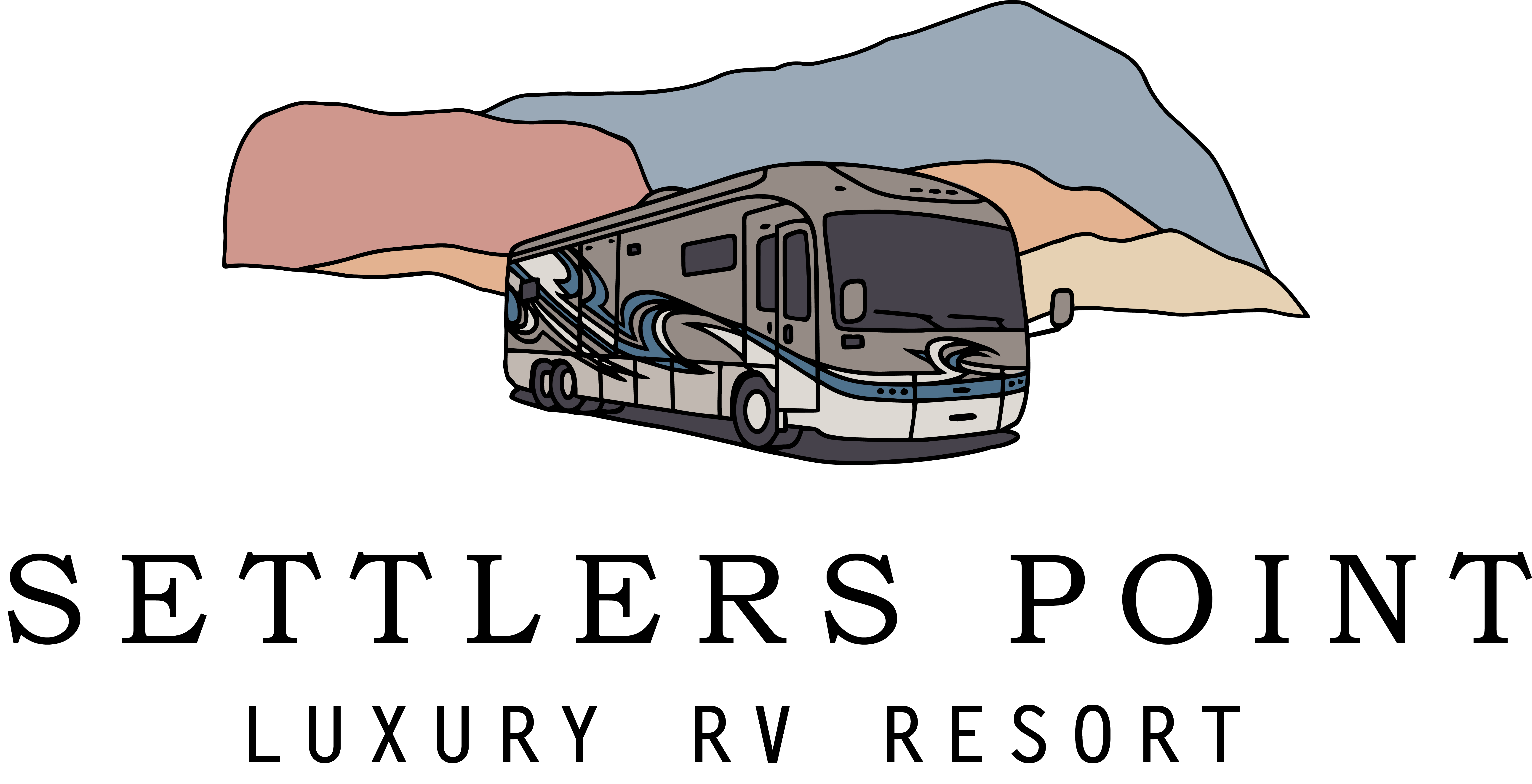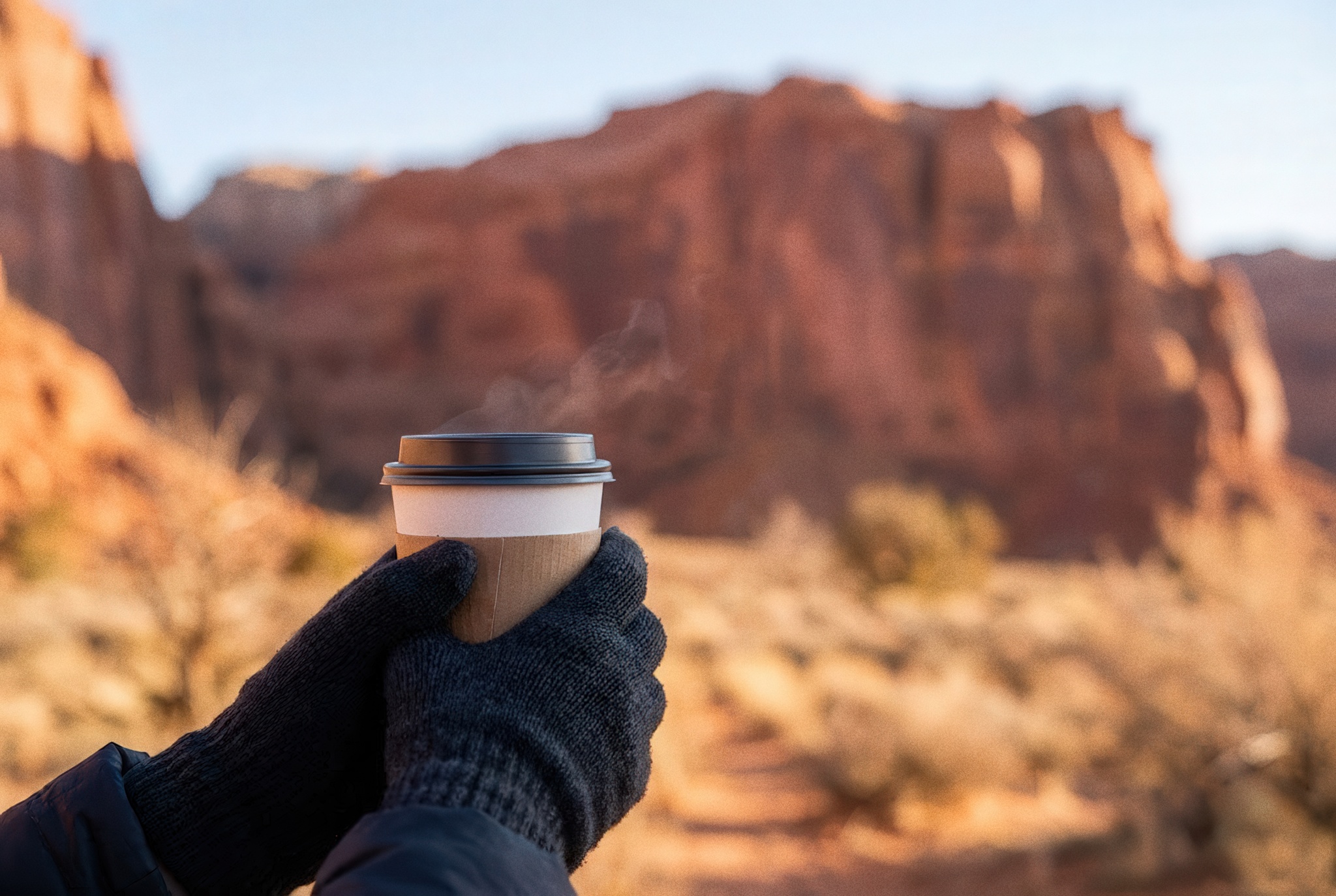Tucked away in the red rock hills just north of St. George lies one of the most unexpected and fascinating historical attractions in Southern Utah: Silver Reef Utah. What makes this place so unique isn’t just its ghost town aesthetic or the scenic drive that takes you there. It’s the fact that this forgotten mining town was once one of the richest silver-producing sites in the West, despite being surrounded by sandstone instead of the granite and quartz that usually house precious metals. For RV travelers, history buffs, and families looking for an educational but entertaining outing, Silver Reef offers the perfect day trip full of character, quirky stories, and surprisingly scenic beauty.
The Wild West Origins of Silver Reef
To understand why Silver Reef Utah is such a captivating stop, you’ve got to know the story behind it. Back in the 1860s and 70s, most prospectors wouldn’t waste time looking for silver in sandstone, which geologically didn’t make much sense. But when a prospector named John Kemple made the improbable discovery of silver-bearing rock in the hills around what’s now Leeds, Utah, the whole region exploded with activity. Before long, Silver Reef boasted multiple mines, banks, saloons, churches, a hospital, a newspaper, and a population that rivaled nearby St. George.
At its peak in the late 1870s, Silver Reef was home to nearly 2,000 people, many of them miners, merchants, and outlaws trying to strike it rich. It was also one of the few places in Utah Territory where you’d find Catholics, Protestants, and Mormons working alongside each other, albeit not always peacefully. The silver boom didn’t last long, though. By the mid-1890s, ore production dwindled, and like most mining towns of the era, Silver Reef’s heyday was over. Residents moved on, buildings crumbled, and nature slowly took the town back, until local historians stepped in to preserve what was left.
What You’ll See Today
While Silver Reef Utah might not be the bustling town it once was, today it’s one of the best-preserved ghost towns in Utah, especially for those who love to combine history with exploration. One of the highlights is the Wells Fargo Express Building, now converted into the Silver Reef Museum. This building once served as a bank and shipping office for valuable ore during the mining days, and today it houses fascinating exhibits about the town’s rise and fall. You’ll find historic photographs, mining tools, personal letters, and even period clothing that helps bring the stories to life.
Right next door is the original jail, with cells still intact. It’s a popular photo op and offers a glimpse into the rowdy, rough-and-tumble lifestyle of a mining boomtown. There’s also a replica of a mine entrance and headframe on display just up the hill from the museum. It’s not operational, of course, but it gives visitors a sense of what daily life might have been like for miners working underground.
Be sure to walk through the remnants of Chinatown, which is especially important to mention. Silver Reef had a sizable Chinese immigrant population, most of whom worked in laundries and restaurants. Though not much is left in terms of standing structures, signage and plaques tell the story of these residents and their role in the town’s brief prosperity.
Guided Tours and Living History Events
If you’re lucky enough to visit on a weekend, especially during the spring or fall, you might catch one of the museum’s living history tours, where costumed guides walk you through the buildings and share first-hand reenactments of characters from the past. These experiences are particularly great for families and kids, helping bring dry facts and old photos into the real world. You might meet a mining engineer, a gun-slinging sheriff, or a laundress telling her story of life in 19th-century Utah.
The staff and volunteers do a great job of creating an interactive experience without being overly theatrical. For those who prefer self-guided tours, you can grab a detailed map at the museum and stroll through the site at your own pace. It’s not huge, but plan at least an hour or two to see the major buildings, take photos, and soak in the desert views.
Tips for Planning Your Visit
Silver Reef Utah is open year-round, but summer afternoons can get brutally hot, and winter can be surprisingly chilly. If you’re visiting in July or August, plan to arrive in the morning or late afternoon to avoid the heat. Bring water, wear good walking shoes (it’s a dirt-and-gravel kind of place), and don’t expect to find a coffee shop or full-service restaurant on site, though you will find a few picnic tables if you want to pack your own lunch.
Admission to the museum is inexpensive, and kids under a certain age are usually free. Check the museum’s website for the latest hours and event info. They occasionally offer discounts for families, seniors, or groups. It’s also a good idea to call ahead if you’re traveling in a larger group or coming in with an RV that needs a little extra parking space.
Speaking of which, RV travelers will appreciate that there’s a decent amount of flat ground for maneuvering, but the roads into Silver Reef are narrow and not designed for large rigs. Your best bet is to park your RV in nearby Leeds or even back in St. George, then drive your toad (towed vehicle) or hop in a rental for the short drive.
Combine It with Other Local Stops
One of the reasons Silver Reef Utah makes such a solid stop on your Southern Utah adventure is how easy it is to pair with other local attractions. It’s just off I-15 near the town of Leeds, making it a short detour for those headed to Zion National Park or Cedar City. You can combine your visit with a morning hike at Red Cliffs Desert Reserve or a picnic at Quail Creek State Park.
After a few hours exploring the ghost town, you’ll probably be ready for an ice cream or cold drink. You’re only a few minutes from St. George, where plenty of restaurants, cafes, and grocery stores can help you regroup and recharge. If you’re staying at Settlers Point Luxury RV Resort or one of the nearby campgrounds, Silver Reef is a no-brainer as a half-day outing.
Why Silver Reef Deserves a Spot on Your Itinerary
Utah is full of ghost towns, and while many of them are either too remote or too rundown to really enjoy, Silver Reef Utah is a standout. It’s easy to reach, well-preserved, and offers enough to do and see that you’ll leave with a greater appreciation for the grit, chaos, and surprising diversity of life in the Old West. Plus, it’s one of the only places in the country where silver was successfully mined from sandstone, making it a geological curiosity as well as a historical one.
Whether you’re an RV traveler looking for a unique stop, a family on the hunt for hands-on education, or just someone who enjoys stepping back in time, Silver Reef delivers. It’s charming, weird, beautiful, and just eerie enough to keep your imagination fired up the whole drive home. So pack your sunscreen, grab your camera, and set your GPS for one of the coolest historical attractions in Utah. Silver Reef may be a ghost town, but it’s very much alive in the stories it still tells.


